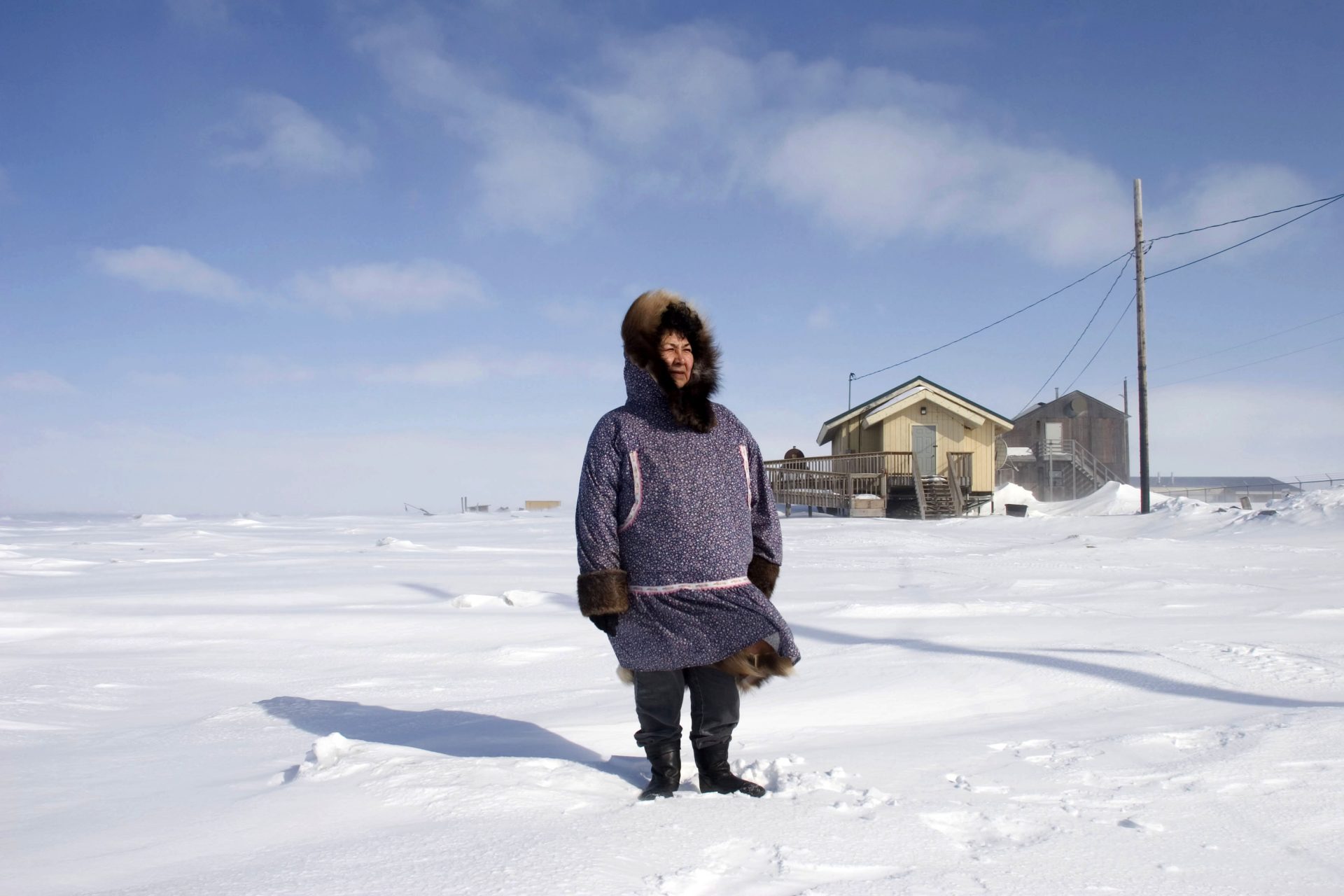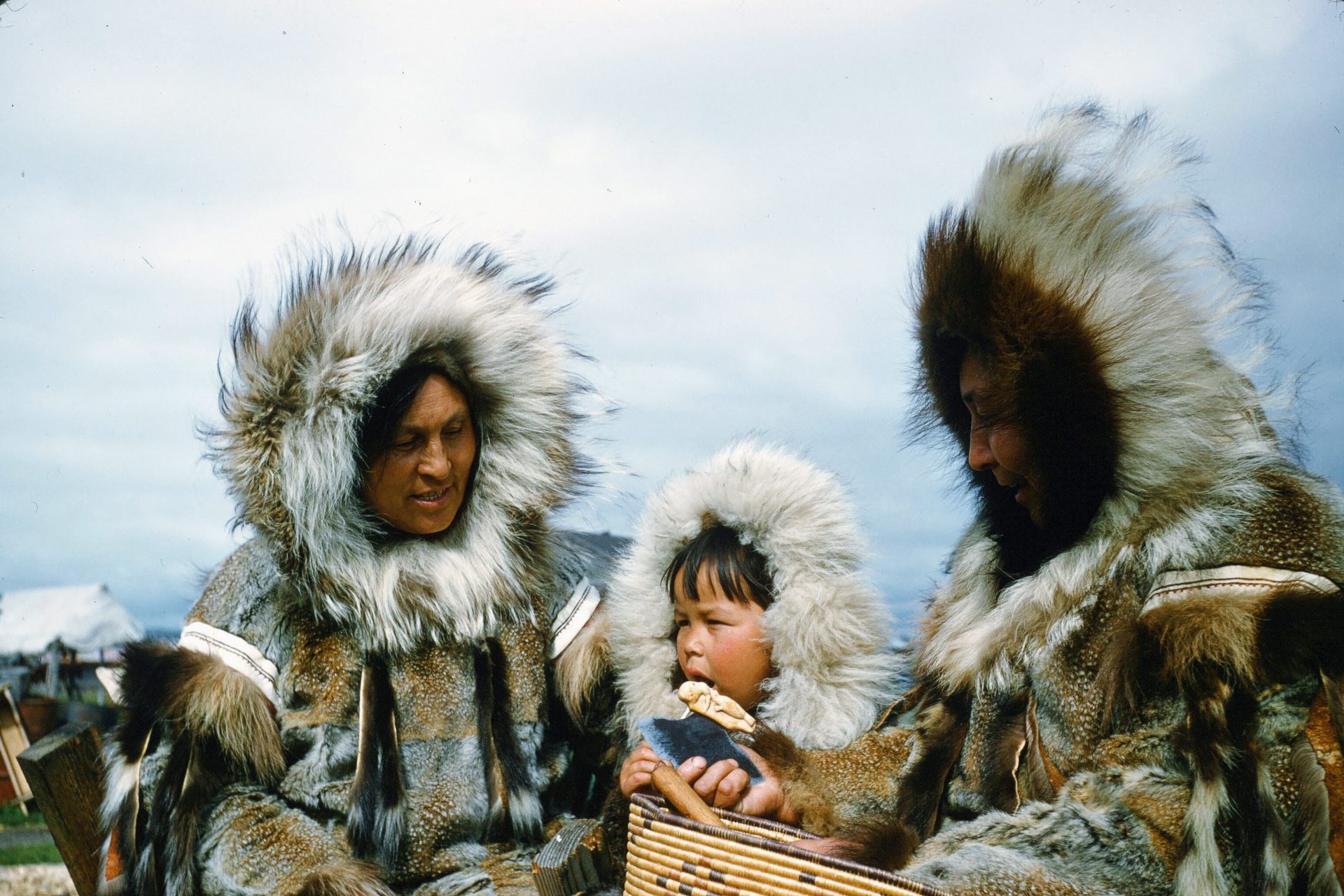See how the Inuit live: people of the Arctic adapted to extreme winters
The Inuit are native peoples of some of the largest and northernmost regions on Earth, such as Greenland, Alaska, Canada, and eastern Russia.
The Inuit population is estimated at around 180,000 people, according to Britannica, and it is adapted to extremely cold temperatures and months without sunlight.
Follow Showbizz Daily to stay informed and enjoy more content!
From November to February, the Arctic sky takes on a gray and violet color. In the absence of sunlight, the region is submerged in constant twilight.
Nunavut is Canada's largest territory and where most of the country's Inuit population lives in remote coastal communities.
In the coldest month of winter, February, Nunavut records temperatures ranging from -32 to -23ºC (-25.6 to -9.4º Fahrenheit). With the wind, the thermal sensation is even colder. Even in summer, the temperature rarely exceeds 10ºC (50ºF) and the annual average is a mere -5ºC (23ºF).
Along with the Yupik of southern Alaska and eastern Siberia, the Inuit are indigenous people with a common origin in northeast Asia.
In the West, the Inuit are commonly called 'Eskimos', but they do not identify with this name. In fact, it's considered pejorative. Europeans began to use the term at the beginning of the 16th century to refer negatively to the ingestion of raw meat by the Inuit. It became popular as a stereotype that denigrates them.
The word Inuit can be translated as "human beings".
The Inuit language is very descriptive and detailed. For example, it includes 52 words for the different types of snow.
With the snow and ice, vegetables are scarce and the Inuit basically feed on animals such as seals, walruses, seabirds, and fish.
Standing on ice or in fur-covered kayaks, the Inuit use harpoons to hunt seals. For thousands of years, this animal has been of vital importance to the community. They are a rich source of nutrients and also serve as clothing.
A 2019 study, led by researchers at McGill University in Montreal, analyzed the genes of 170 volunteers from the region and discovered that their genetic makeup is unique, adapted to a high-fat diet, but which predisposes them to certain health problems, such as the development of aneurysms.
The researchers' press release also reported that populations that live in isolation often have different genetic traits, adapted to specific environments, as is the case with the Inuit of Nunavut.
Published in the journal Proceedings of the National Academy of Sciences (PNAS), the study found genetic adaptations unique to the Inuit. They mainly involved fatty acid metabolism and cell adhesion adaptations, potentially due to the extreme cold and little varied diet.
Historically, their clothing has been made from animal skins. The warmest skin is reindeer, but it is also very heavy. Seal skin, although not as warm, is waterproof, resists sea salt, and is often used to make shoes.
Over the past 50 years, the Inuit have undergone major and rapid political, economic, and cultural changes due to globalization and policies adopted throughout the 19th century.
National Geographic explains that, recently, the Inuit population was forced to make the transition from autonomous and semi-nomadic people to living in government settlements.
This caused them to lose their identities in favor of Western acculturation. The Canadian government now recognizes this to be a violation of their rights, autonomy, and dignity.
In 1977, the Inuit Circumpolar Council (ICC) was founded. It's a non-governmental organization that seeks to strengthen unity among the Inuit and promote their rights and interests internationally, in addition to ensuring the preservation of the culture and societies of these peoples.
Nowadays, the Inuit live between their ancient social and cultural traditions and the recent changes imposed by outsiders.
There is yet another factor that threatens the stability of this population: climate change.
With the rapid increase in global temperatures, ice is melting in the Arctic at a speed never seen before. This directly affects all living beings in the region, including humans.
A study published in the journal Nature Communications in June 2023 found that Arctic sea ice could completely disappear during summer, starting in the 2030s, CNN reported.
Photographer Acacia Johnson, who was in the Arctic, told National Geographic: "Everything revolves around the stability of the sea ice. It essentially forms a superhighway between otherwise totally distant regions - it is a facilitator of life. I believe the warming climate and the instability of the sea ice is going to drastically impact the people who live here."
"It’s important that we recognize this - the landscape, the richness of the sea, the relationship to the sea ice - is all very much alive and shouldn’t be thought of as primitive or stuck back in time. It’s forward-moving. It fascinates me," Johnson said.
She ends with this reflection: "Even in what seems to be the farthest recesses of the globe, in fact, we are living on the same planet under the same stars... We’re all connected."
Follow Showbizz Daily to stay informed and enjoy more content!




































